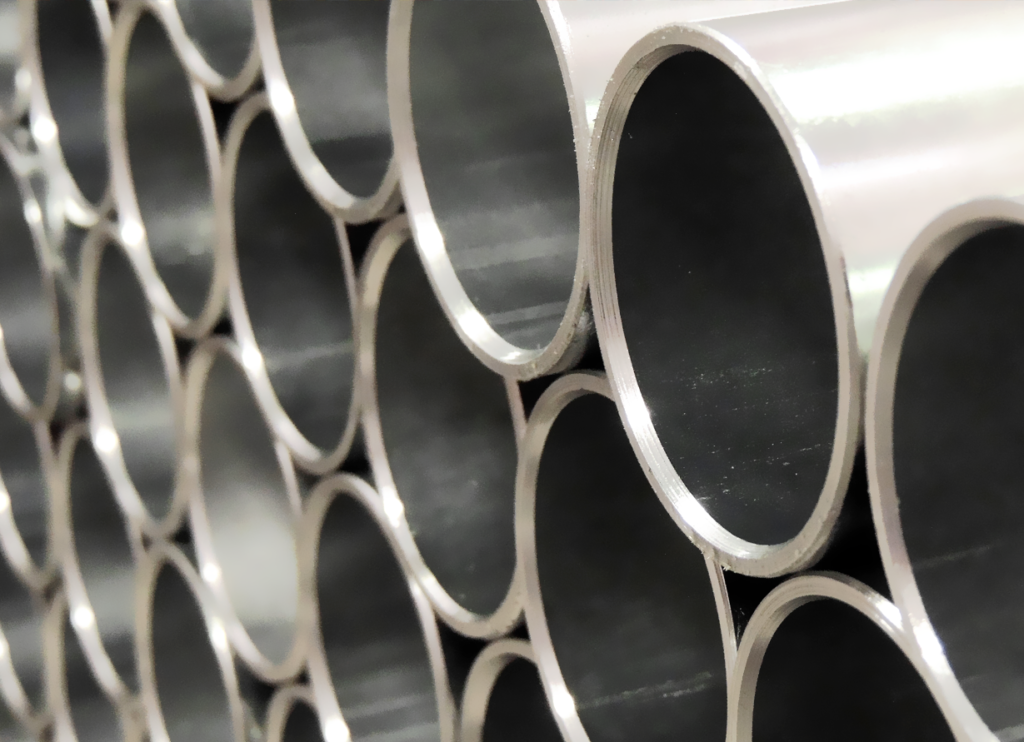Electrolytic galvanizing is a protective treatment chosen for its versatility and corrosion resistance, with application in a wide range of areas. The choice of this treatment stems from the need to achieve high performance in cathodic protection, control of friction coefficients, and the absolute guarantee of the absence of hydrogen embrittlement.
Specifically, it is a process by which zinc is deposited on metal objects by the passage of electric current. The operating temperature is 20-25°C, which is why it is commonly referred to as “cold galvanizing” (hot galvanizing works around 450°C). It is mainly used for ferrous material, where zinc best exhibits its cathodic/sacrificial protection effect. Protection occurs because zinc is less noble than iron and, in corrosive environments, corrodes first (it sacrifices itself, preventing iron from corroding, until zinc metal is found on the surface of iron).
This treatment is used in a variety of areas: for screws, nuts and bolts, through to fittings; for machined and cast zamak, finishing with veneers, sheets, plates and turned parts.

